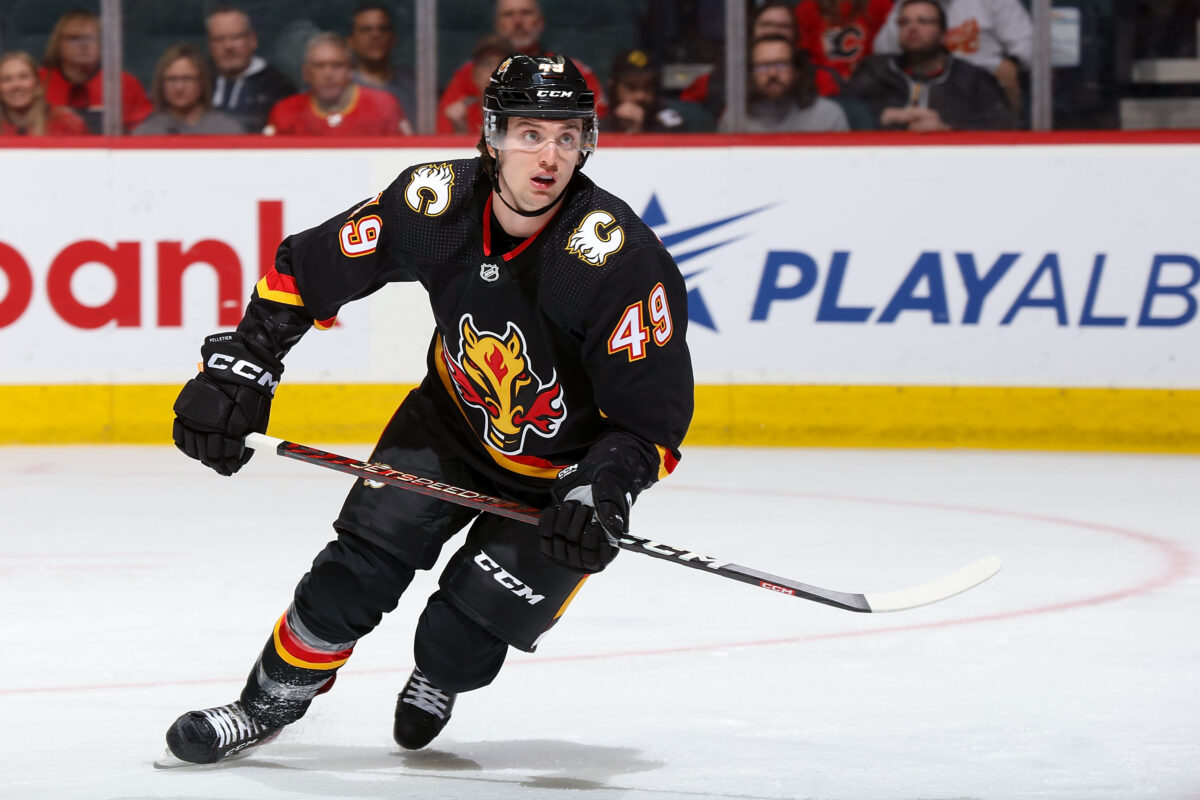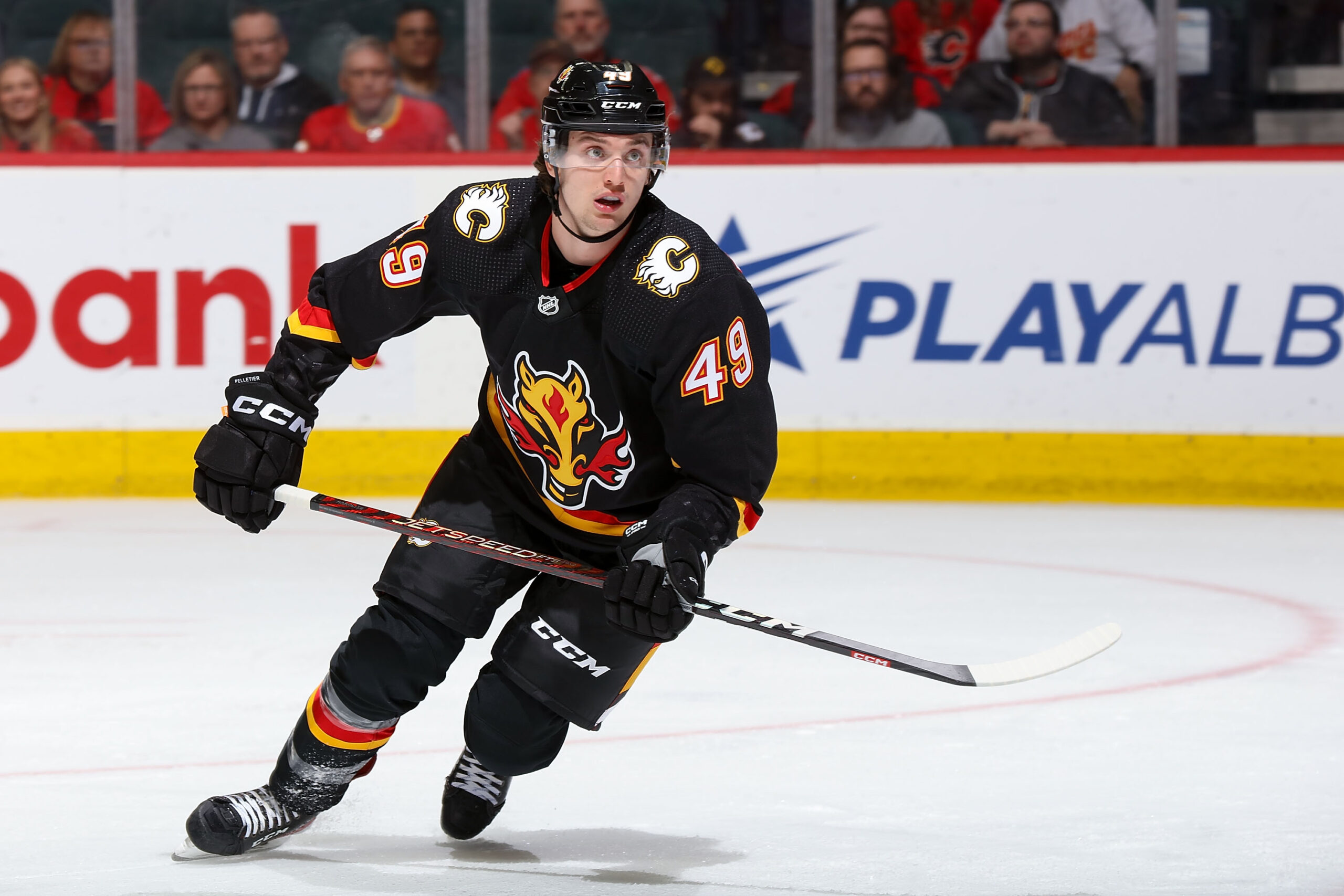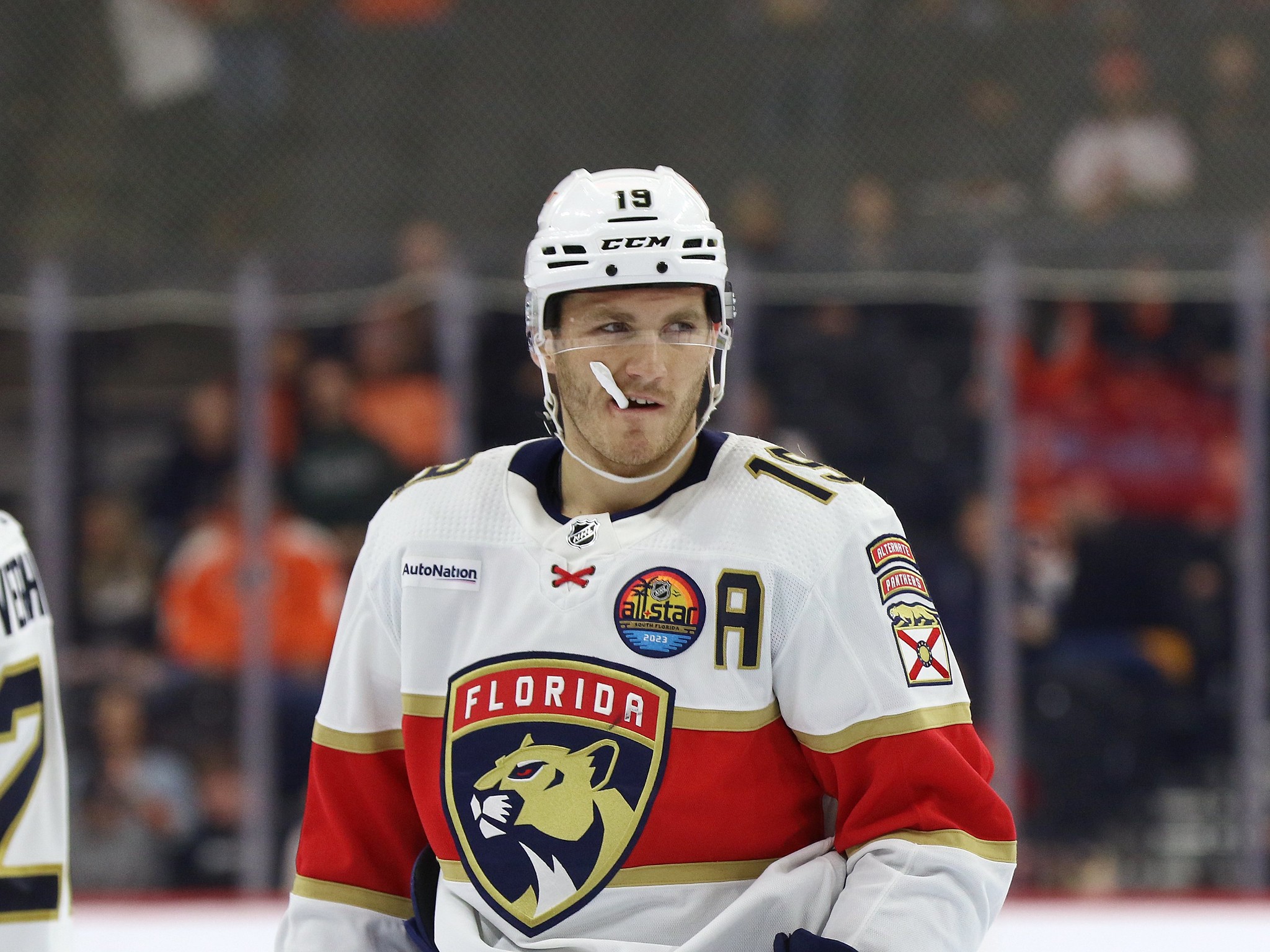The Tampa Bay Lightning were active at the starting gun when free agency began. The moves weren’t flashy, but the vision was clear. They’re looking to build depth through low-risk contracts that consist of players with room for growth. Utilizing the prospects that they have in the American Hockey League (AHL) is also a goal. It’s part of the same idea: a low-price and low-risk addition to the roster who can make an impact.
It also shows that while the Lightning are expecting a quiet offseason in 2025, they’re still finding ways to improve the roster for the upcoming 2025-26 season.
Let’s first fill you in on the full intentions of the team’s quiet offseason, and then we’ll look at some names expected to provide this potential roster fortification.
A Quiet Offseason for the Lightning
So, to preface, the Lightning technically haven’t ruled out a big move, per se, but general manager Julien BriseBois is managing expectations.
“I don’t expect anything, to be honest, certainly nothing major,” he said right before the start of free agency. “Last year, we had a really big offseason to kind of, I think, set a new course, thrust us in a more upward direction in terms of climbing toward another championship. You’re not able to do that every year, so I expect things to be quiet.”
Highlights of the big offseason included swapping out long-time star Steven Stamkos, who left in free agency, with Jake Guentzel, whom the Lightning acquired the rights to and then signed to a long-term contract, on the top line. Another major move was trading defenseman Mikhail Sergachev to the now-named Utah Mammoth. That move netted notable additions to last season’s roster, forward Conor Geekie and defenseman JJ Moser.
So, in comparison, it’s already much quieter. This all happened leading up to July 1, when free agency starts, and on July 1. The trades happened in the days before, with contracts being signed at the official start of the next season on July 1. While this isn’t mentioned, they also made another splash at the deadline, acquiring forward Oliver Bjorkstrand and re-acquiring fan favorite Yanni Gourde, who signed a long-term extension.
Related: Oilers Would Be Smart to Target Lightning’s Isaac Howard
A top factor in why this offseason will be quiet is a reason why certain splashes had to be made last season: the salary cap.
BriseBois mentioned the cap when reiterating the intention to keep activity to a minimum this offseason. He also adds the benefits of having the cap space they don’t normally have.
“We will remain on the lookout between now and the start of the season, between now and the trade deadline,” he said after the Lightning signed forward Pontus Holmberg, whom we’ll address in a bit. “It’s a luxury (cap space) we haven’t had in the past. It might also mean we can carry more players and there’s more internal competition for ice time, which is also healthy, but I don’t expect us to be very active.”
Here are the reasons why cap space is good, but don’t hold your breath. This seems like an attempt to finally reset the cap difficulties they’ve had for years now. They take it easy for one offseason, and they’ll have the flexibility for the future. Next year’s free agent class is supposed to be stacked. This class was light before any moves were made. The logic is there.
Get to Know the New Free Agent Depth
For the sake of this not being a whirlwind of names, we’re going to focus on key names who signed multi-year one-way contracts. They’re going to be part of a longer-term plan than just next season. I’m addressing a contract structure now for one of the incoming players I will be discussing: Jakob Pelletier. His first year is a two-way contract, but since the latter two years switch to a one-way contract, he gets to join the discussion.
I felt it was good to clarify that technicality. Since our minds are now on Pelletier, we’ll start with him. He’s a first-round pick still trying to find his NHL footing. Last season, his third playing in NHL games, he played a career-high 49 games between the Calgary Flames and the Philadelphia Flyers. He amassed seven goals and 12 assists for 19 points. He finished with a 2.0 points share with an even contribution from his offense and defense. While his goals above expected stayed at 0.2, he saw an increase in his expected goals per 60 minutes (0.5 to 0.74) and an increase in his points per 60 minutes (1.49 to 2.01). The Lightning might feel that with some extra development, they can tap into the 24-year-old’s full potential.

Okay, now back to Holmberg. As promised, we circled back to him. The 26-year-old forward is on a two-year, one-way contract. Overall, his numbers took a step back last season. He averaged 0.28 points per game, compared to 0.31 the previous season. His goals above expected dropped from 0.4 to minus-3.4 as well. This isn’t exactly hyping him up. However, there was a hopeful sign at the end of last season. In his first 43 games, he had two goals and six assists for eight points. That’s 0.2 points per game. Goals and assists per game are so low that they don’t calculate on Hockey Reference. In his final 25 games, though, he had 11 points (five goals and six assists). His averages jumped up to 0.4 points per game, 0.2 goals per game and 0.2 assists per game.
The Lightning might have noticed the turnaround. For someone who should be a bottom-six contributor, having 15 goals and around 30 points is adequate production. There are also these stats to take into account. He also blocked 53 shots and had 46 hits, reflecting the 1.1 defensive points share he finished the season with. A forward who can play some defense and score an occasional goal for them is exactly what they need.
Adding to the Youth Movement
The Lightning re-signed forward prospect Jack Finley to a three-year contract. Like Pelletier, it starts as a two-way deal before becoming a one-way deal. He’s set to be an everyday NHL player. The 2020 second-round pick will have a $775,000 average annual value (AAV) per season. He played 40 games for the AHL Syracuse Crunch, scoring 14 goals and tallying 14 assists for 28 points. His 14 goals are a career high. For a bonus, he’s 6-foot-6 and 220 pounds. The only player on the team who was taller last season was Victor Hedman (6-foot-7).
Here, the Lightning are adding a big man to the ice who is capable of offensive production. After how much they got pushed around in the Stanley Cup Playoffs the last two seasons, it’s not a bad idea. He’s 40 to 50 pounds heavier than most of the top players on the team. Have fun with that.
Knowing how well the addition of Gage Goncalves, a fellow 2020 second-round pick, was to the roster, the Lightning want to see if they can repeat the success. Goncalves had 20 points in 60 games and earned himself another contract (two years, $2.4 million).
The Lightning might be out of luck with Isaac Howard, but they have their options. Along with Finley, Geekie is going to be a mainstay on the roster again, and we’ll likely see more out of Dylan Duke this season. Let me know if you’ve heard this before. They’ll all have low cap hits, too.
There is a trend here. Get a bit younger and more affordable. The reality is that the team is getting older, and the roster is getting thinner. These may sound like small moves, but they help change the dynamic of the team. To circle back to a point from the beginning, more players on a low cap hit, with the cap going up, means more space for a splash later. It might not be Connor McDavid. I know there are a lot of Lightning fans on social media begging for the best player on the planet. However, it’s a long shot. That being said, there are going to be other names hitting the market that would make fans and the team very happy to have. It’s all potentially setting the stage for then.




